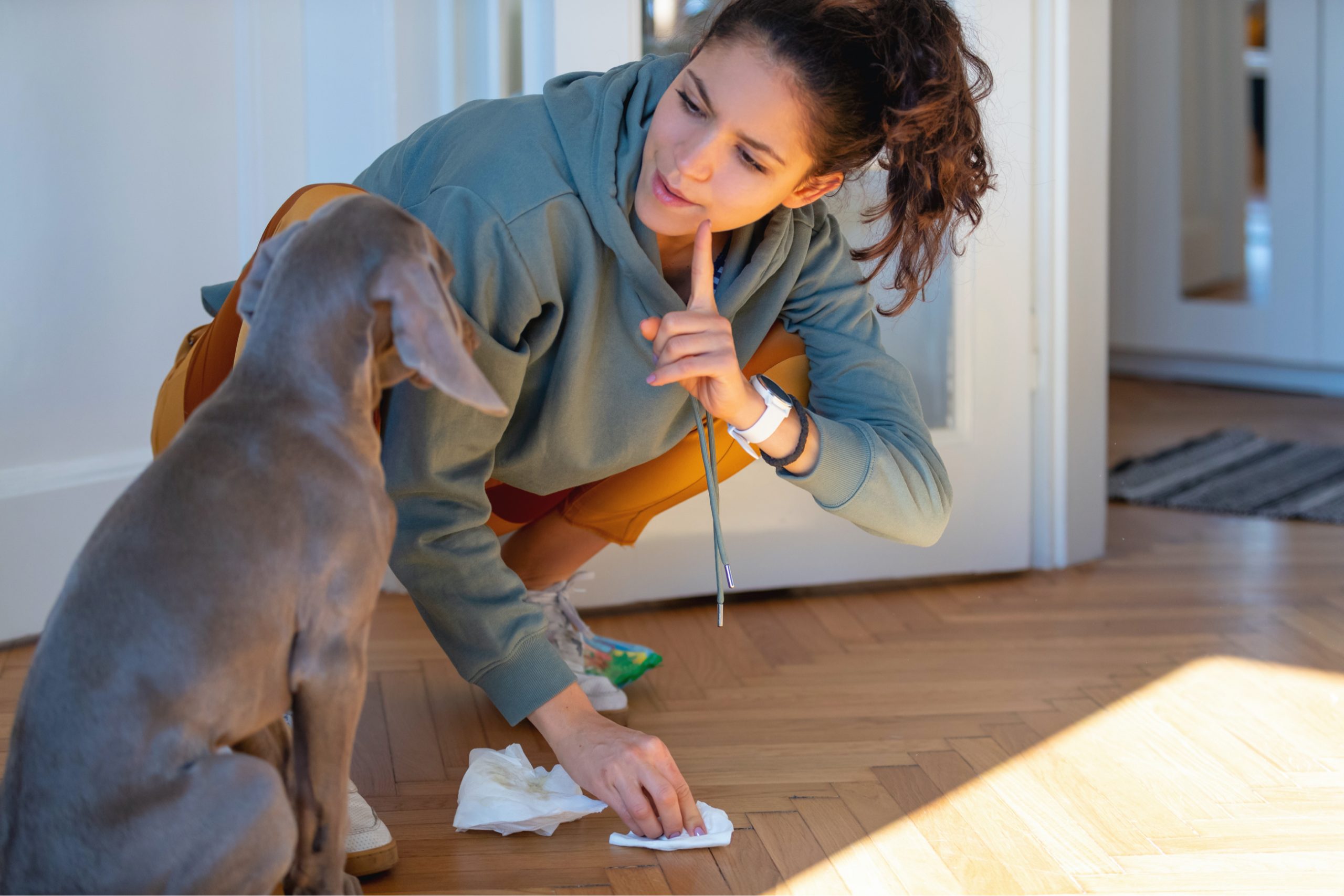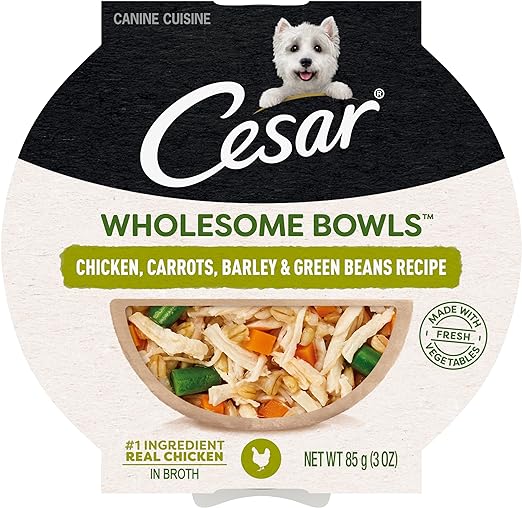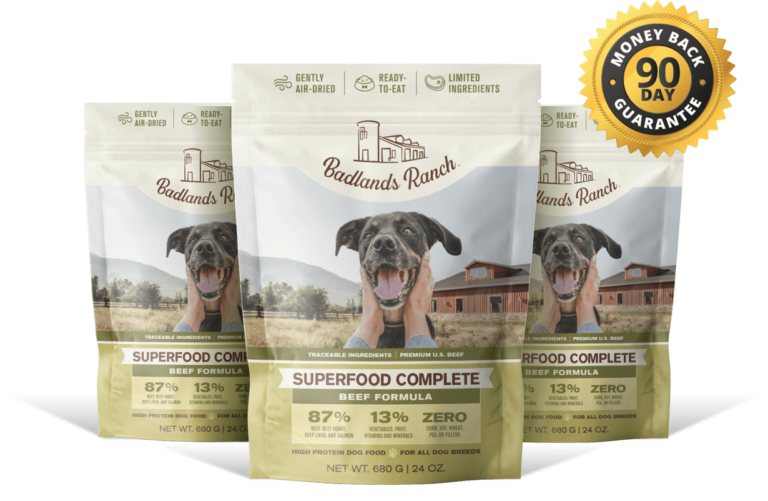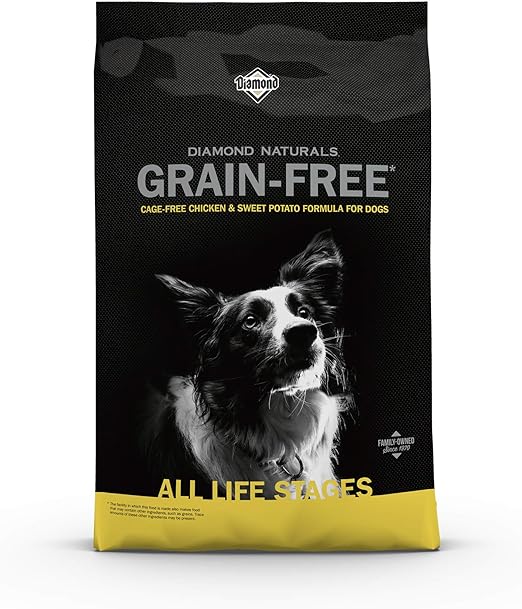Have you ever wondered how to properly use treats when training your dog? When you first bring your furry friend home, it’s all about finding their motivation. We all go to work for our paycheck, and it’s only fair we pay our pups in their preferred currency for learning new skills.
For my dog, it’s all about cheese and chicken – she’d probably accept it as payment for all her bills too if she could! While most dogs love treats like kibble or small pieces of meat, avoid giving them people food like bacon since it can lead to pancreatitis. Treats are an important tool in training your dog, and when used properly, they’re incredibly effective.
You’ll start by giving a treat for nearly every successful repetition to help your dog make the connection between the behavior and reward. Over time, you’ll fade out treats in favor of real-life rewards and intermittent treat reinforcement. Even when you’ve phased out constant treating, you’ll still need to reward your dog regularly to maintain their motivation. The world is an exciting place for a pup, full of sights, sounds and smells to explore. Treats help show your dog that paying attention to you is most rewarding.
While the amount may decrease, treats will always remain an essential part of training. Used properly, they’re the key to teaching your dog new skills and ensuring good behavior for life.
The Importance of Using Treats When Training Your Dog
Using treats when training your dog is essential, especially when you’re first starting out. Dogs are motivated by things that are rewarding to them, like play, praise, and of course, food. Treats help keep your dog engaged during training and give them positive reinforcement for responding well.
Will you always need to rely on treats? Not necessarily. As your dog’s training progresses, you’ll start using treats less frequently and incorporating real-life rewards, like belly rubs, playtime, and verbal praise. However, you’ll still want to reward your dog with an occasional treat so they continue to see the value in listening to you.
The key is finding treats your dog loves and using them strategically. Have some extra tasty treats on hand for when you’re first teaching a new skill or introducing distractions. Once your dog has mastered the skill, you can switch to their regular kibble or training treats. But keep those high-value treats in your back pocket for when you really need your dog’s full attention.
Some tips for effective treat training:
• Use small, pea-sized treats so you can give multiple rewards without filling up your dog.
• Only give the treat when your dog responds to a cue properly. Don’t give treats constantly or when your dog isn’t focused. Make them work for it!
• Once your dog has the hang of a skill, start giving the treat only intermittently when they respond. This helps prevent them from only working for the treat.
• Fade out treats gradually as your dog improves. Replace some treats with praise, play, and petting.
• Always end training sessions on a high note. Give your dog an extra special treat at the end so they leave eager for the next session.
Treat training, when done properly, is a kind and effective way to teach your dog. While you may not always need to rely on treats, using them strategically in training will help motivate your dog and strengthen your bond. With practice and consistency, you’ll have your dog responding happily to your cues in no time.
Choosing the Right Training Treats for Your Dog
When training your dog, the type of treat you choose is important. You want something your dog loves but that won’t distract them or fill them up. Some good options for training treats include:
•Small pieces of chicken, cheese, or beef: These natural treats have a strong smell that most dogs love. Cut them into tiny bite-sized pieces so your dog can eat them quickly and stay focused on you.
•Commercial dog treats: Look for small, smelly treats that list a meat like chicken, beef or fish as the first ingredient. Treats that are naturally flavored and free of artificial additives are best. Popular brands include Zuke’s, Blue Buffalo and Wellness.
•Kibble from your dog’s regular diet: If your dog goes bonkers for their kibble, you can use a portion of their daily amount for training. Just make sure to deduct whatever you use from their normal feeding so you don’t overfeed them. Kibble works great because it’s not too exciting but still reinforcing.
Whatever treat you choose, make sure to consider your dog’s age, size and overall diet. Tiny dogs and puppies have higher calorie needs but can fill up quickly, so keep treats extra small. For overweight dogs, choose a low-calorie treat and keep sessions short. Always follow the treat package guidelines for how much to give based on your dog’s weight.
Once you find a treat your dog loves and will work for, be sure to save it only for training sessions. Don’t give the treats at other times, or they may lose their power as a reward. Keep training sessions short, around 5 to 10 minutes for most dogs, so your dog leaves wanting more. End on a high note, and your dog will be even more excited for the next session!
With the right treats and technique, you’ll have your dog focused and engaged in no time. Treats are a powerful way to show your dog that listening to you leads to good things. Used properly, they can help strengthen the bond between you and make training fun for you both.
How to Use Treat Rewards Effectively in Dog Training
Will You Always Need to Use Treats?
Short answer: yes. But you will use them less frequently in the future than when you first start teaching your dog a new skill or when you first introduce distractions. People ask me all the time if they’ll always need training treats. It’s understandable if you’re worried about using treats when training your dog; you don’t want to always have to rely on having a treat in your pocket so your dog behaves. Just because you start with treats as the main reinforcement during your training sessions shouldn’t mean that you’ll always need them later on.
When you first begin, you’ll be reinforcing your dog with a training treat for almost every repetition. But as you progress, you’ll start incorporating real-life rewards rather than treats. Every so often you’ll still pay your dog for a job well done with a treat, so they continue to see the value in responding to your cues. You can learn more about the process of fading out training treats here.
No matter what type of reinforcement you use in dog training, whether that’s edible rewards, toy rewards, or real-life rewards, you will always be competing with natural reinforcers in your dog’s environment. The big wide world is an interesting place for your pup. There are squirrels to chase, smells to sniff, other people and dogs, and more that your dog will find hard to ignore. Food treats help you show your dog that paying attention to you is worth ignoring those other interesting things.
Using training treats, or rewards, effectively means:
•Find treats your dog loves and will work for. Things like chicken, cheese, or liver treats are usually big motivators for most dogs.
•Only give the treat when your dog responds correctly to a cue. Don’t give treats constantly or for no reason.
•Fade the treats gradually by only treating intermittently once your dog has mastered a skill. Maybe treat 3 out of 4 times, then 2 out of 4, and so on.
•Use real-life rewards like play, petting or praise in place of treats. Give a treat only occasionally to keep your dog engaged.
•Always end a training session on a high note. Give a treat for the last repetition so your dog leaves feeling motivated for the next session.
•Keep training sessions short, around 5 to 15 minutes for most dogs. This will prevent your dog from getting bored or too focused on the treats.
•Make training fun! Use an enthusiastic, encouraging tone of voice and give lots of praise. Your positive energy will keep your dog engaged.
With consistency and patience, you’ll get to the point where you only need to reinforce with treats occasionally. But continuing to give your dog rewards, whether treats, play or praise, for responding well during training will keep them motivated
Fading Out Treats and Transitioning to Other Rewards
As your dog becomes more proficient at the skills and commands you’ve been teaching, you’ll start using treats less frequently. This is known as “fading out” the treats. The goal is to transition your dog to responding even when you don’t have a treat in your hand.
Your dog has learned to associate treats with responding to your cues, so at first, they may seem confused when you stop giving a treat each time. Be patient through this transition period. At first, give a treat only sometimes when your dog responds. For example, instead of giving a treat every time they sit, start giving a treat only 3 out of 4 times they sit. Slowly make the treats more and more unpredictable.
Once your dog is responding well even when a treat isn’t guaranteed, you can start replacing some treats with other rewards like praise, petting, play, or a favorite toy. These real-life rewards help teach your dog that listening to you is rewarding on its own.
Some tips for fading out treats:
• Go slowly. Only reduce treats by one or two per training session. Don’t go cold turkey.
• Use variable reinforcement. Don’t reduce treats in a predictable pattern. Keep your dog guessing to avoid them learning a pattern.
• Reward successive approximations. At first, reward even small steps toward the desired behavior. Then gradually require more from your dog before giving a treat.
• Use real-life rewards. Pet your dog, say “good dog!”, play with a toy. Help them learn other rewards are just as valuable.
• Practice in distraction-free environments at first. It’s easier for your dog to work without treats in a place with few distractions. Then try it with more distractions.
• Be patient through mistakes. It will take time and practice. Don’t give in and give a treat if your dog doesn’t respond right away. Remain calm and patiently re-cue them.
With consistency and practice, you’ll get to the point where you rarely need treats to get your dog’s attention and prompt the behavior you’ve taught. Your dog will be focused on you and motivated to work because they’ve learned just how rewarding it is! The ultimate reward for any dog is the bond they share with their owner.
Making Sure Treats Remain a Positive Reinforcer
When using treats to train your dog, it’s important to make sure they continue to be an effective reinforcement and stay exciting for your pup. If treats lose their appeal or your dog gets bored of the same treats every time, they won’t be motivated to work for them.
•Keep training sessions short, around 5 to 10 minutes. This will prevent your dog from getting full or bored, so the treats remain reinforcing. Take breaks in between sessions if needed.
•Use a variety of treats. Have some stinky, meaty treats like chicken, cheese, or liver as well as some crunchy treats like carrots or green beans. You can also try commercial dog treats, jerky treats, or freeze-dried treats. Mixing it up will keep things interesting for your dog.
•Only give treats during training. Don’t leave a bowl of treats out for your dog to snack on. Reserve them specifically for your training sessions so your dog learns to associate the treats with paying attention to you.
•Once your dog has mastered a skill, start giving the treat only intermittently when they respond. For example, once your dog has “sit” down pat, only give a treat 3 out of 4 times they sit. This helps prevent them from only performing for the treat.
•Use real-life rewards as well. While training treats are very useful, also reward your dog with things like belly rubs, play time, walks, and toys. This balances out the reinforcement and ensures your dog is learning for the right reasons.
•Consider the timing of when you give the treat. Reward your dog as soon as they perform the desired behavior or skill. The quicker the treat delivery, the more clearly it is connected in their mind to what they just did. Delaying the treat, even by just a few seconds, can be confusing.
With some care and moderation, training treats can remain an extremely powerful tool for reinforcing good behavior in your dog. Keep things exciting, mix up the kinds of treats, limit quantities, and start incorporating real-life rewards. Your dog will stay engaged and motivated to work for their pay!
Conclusion
So there you have it, a few tips for using treats effectively in training your dog. Treats are a powerful tool, but the key is using them strategically. Start with frequent treat rewards as you teach your dog a new skill, then slowly fade the treats out as your dog masters it. You’ll find the more you train, the less you actually need the treats. Your dog will start to see responding to your cues as its own reward.
Though you may always keep some treats on hand for particularly distracting situations or to reinforce the occasional trick, you’ll get to the point where just a quick “good boy!” and an ear scratch will do the trick. The bond you build with your dog through training is the ultimate reward for you both. So grab some yummy, dog-safe treats and get to work – you’ll be communicating with your canine companion in no time!




